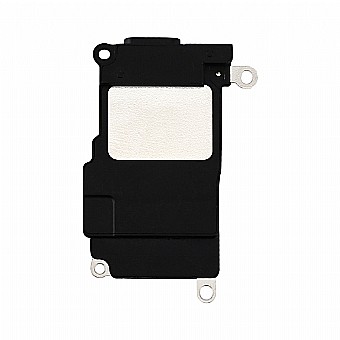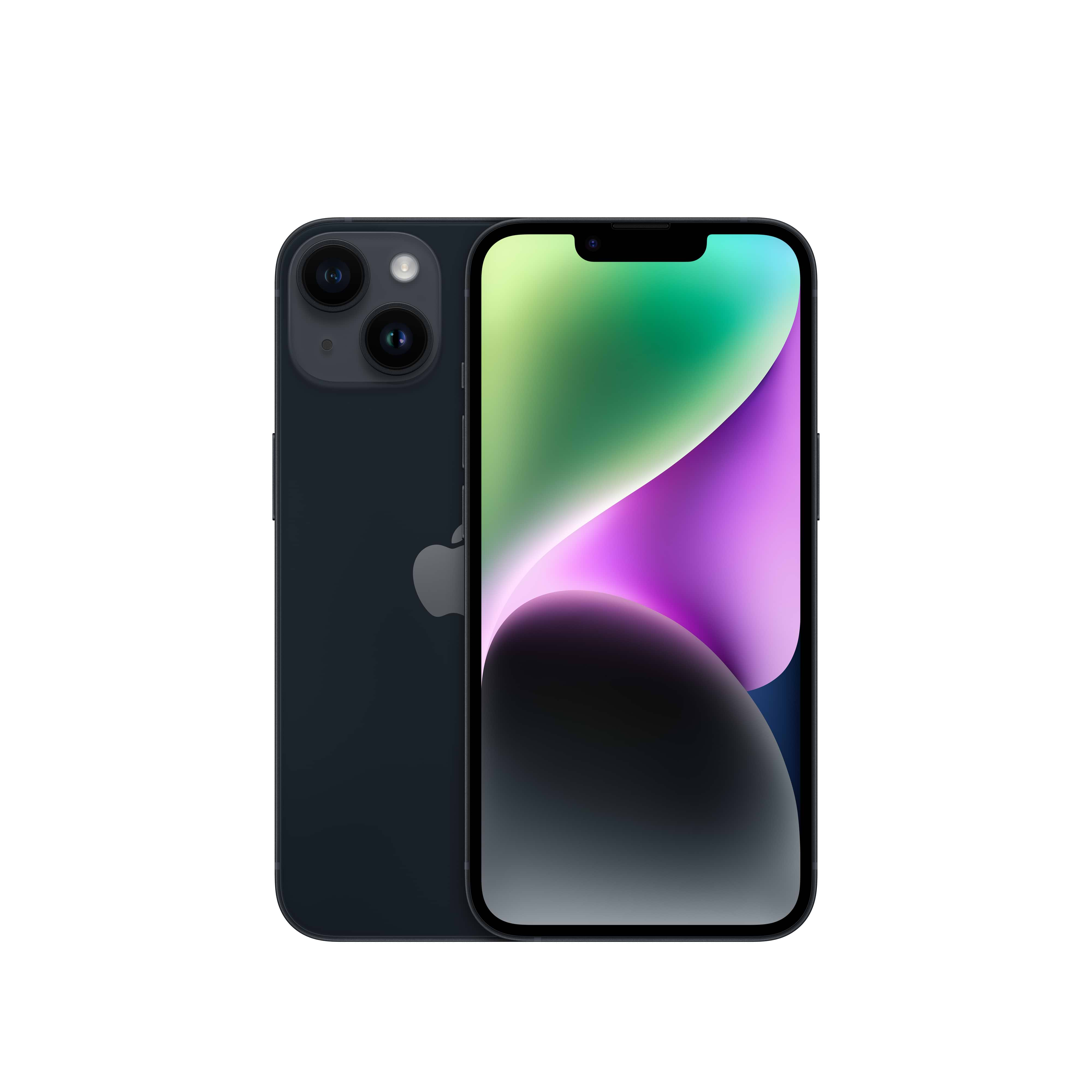
Apple iPhone 8 PLUS | אייפון 8 פלוס בזול | אייפון 8 פלוס במחיר טוב | אייפון 8 פלוס יבואן רשמי | אייפון 8 פלוס חנות | iphone 8 PLUS בזול

אלידור אלפיים - הדרך שלכם לעולם המחשוב| טלפון סלולרי Apple iPhone 12 Pro 512GB אפל | סלולר ושעונים חכמים | IPhone



















